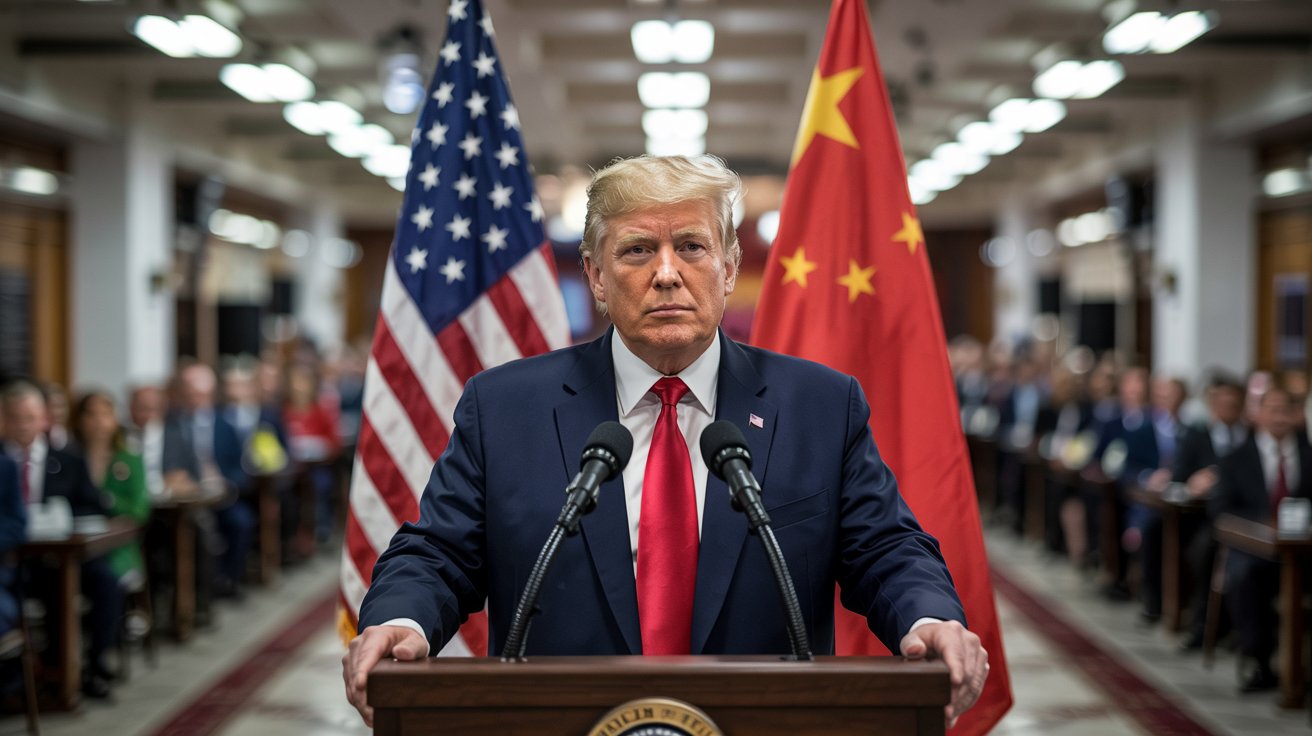Trump Tariffs: A Bold Economic Power Move or Autocratic Overreach? This is the pressing question dividing the U.S. political and economic landscape. Donald Trump’s newly proposed 2025 tariff strategy has stirred significant public debate. With tariffs reaching up to 60% on Chinese imports and a universal 10% tariff on all imported goods, Americans are now weighing whether this is a move to rebuild the economy — or a step toward economic control through executive power.
What Are Trump’s New Tariff Plans in 2025?
Trump’s 2025 plan includes:
- A flat 10% tariff on all imports regardless of origin.
- Tariffs of 60% to 145% on goods from China.
- Tariffs on key sectors: electronics, auto parts, consumer goods, and heavy machinery.
These changes would dramatically shift trade relationships, especially with China, and introduce cost burdens on U.S. companies and consumers.
Key Differences Between Trump’s Past vs. 2025 Tariff Strategy
| Policy Aspect | Trump Era (2018–2020) | Trump 2025 Proposal |
|---|---|---|
| Scope of Tariffs | Focused on China & steel | Global 10% flat tariff |
| Highest Tariff % | Up to 25% | Up to 145% on Chinese imports |
| Congressional Oversight | Moderate | Almost none; relies on executive action |
| Target Industries | Steel, Aluminum | Electronics, Autos, General Consumer Goods |
| International Response | Retaliatory tariffs by China | Potential for wider trade war |
Is This Smart Economics or a Threat to U.S. Democracy?
This plan is not just economic — it’s political. Critics argue that these actions signal economic authoritarianism, especially since the policy was announced without congressional approval. According to The Atlantic, this is part of a broader shift in how Trump exercises executive power — using tariffs as a tool to unilaterally reshape trade without institutional checks.
Understanding the Broader Impacts
Trump Tariffs (2025)
↳ Economic Goals
↳ Bring back manufacturing
↳ Reduce trade deficit
↳ Political Strategy
↳ Appeal to nationalist voters
↳ Strongman economic message
↳ Market Impact
↳ Price hikes on goods
↳ Strain on U.S. businesses
↳ Governance Risk
↳ Lack of congressional involvement
↳ Erosion of democratic trade norms
How Will These Tariffs Affect U.S. Households?
Let’s break down what these tariffs could mean for everyday Americans:
| Item Category | Current Average Cost | Estimated Post-Tariff Cost |
|---|---|---|
| Smartphones | $999 | $1,200–$1,400 |
| Laptops | $1,200 | $1,500–$1,700 |
| Washing Machines | $700 | $850–$1,000 |
| Imported Cars | $35,000 | $42,000–$45,000 |
| General Clothing | $50 | $65–$75 |
This price surge may lead to inflation and reduced spending, which could hurt the very economic sectors Trump says he wants to protect.
Will These Tariffs Actually Help the U.S. Economy?
Supporters believe tariffs will:
- Reignite domestic production.
- Level the playing field for U.S. manufacturers.
- Boost economic self-reliance.
Opponents argue they:
- Damage consumer confidence.
- Hurt small businesses.
- Risk retaliation from trade partners.
The economic reality is likely to be a mix — with short-term disruption and long-term uncertainty.
Conclusion: Strategic Policy or Democratic Setback?
Trump’s 2025 tariff plan is about more than economics — it’s a powerful signal of how trade policy can reflect political ideology. Whether viewed as a patriotic stand or an autocratic overreach, one fact is clear: these tariffs will change the way America does business with the world and may alter the structure of power within the U.S. government.
[USnewsSphere.com / ta.]





